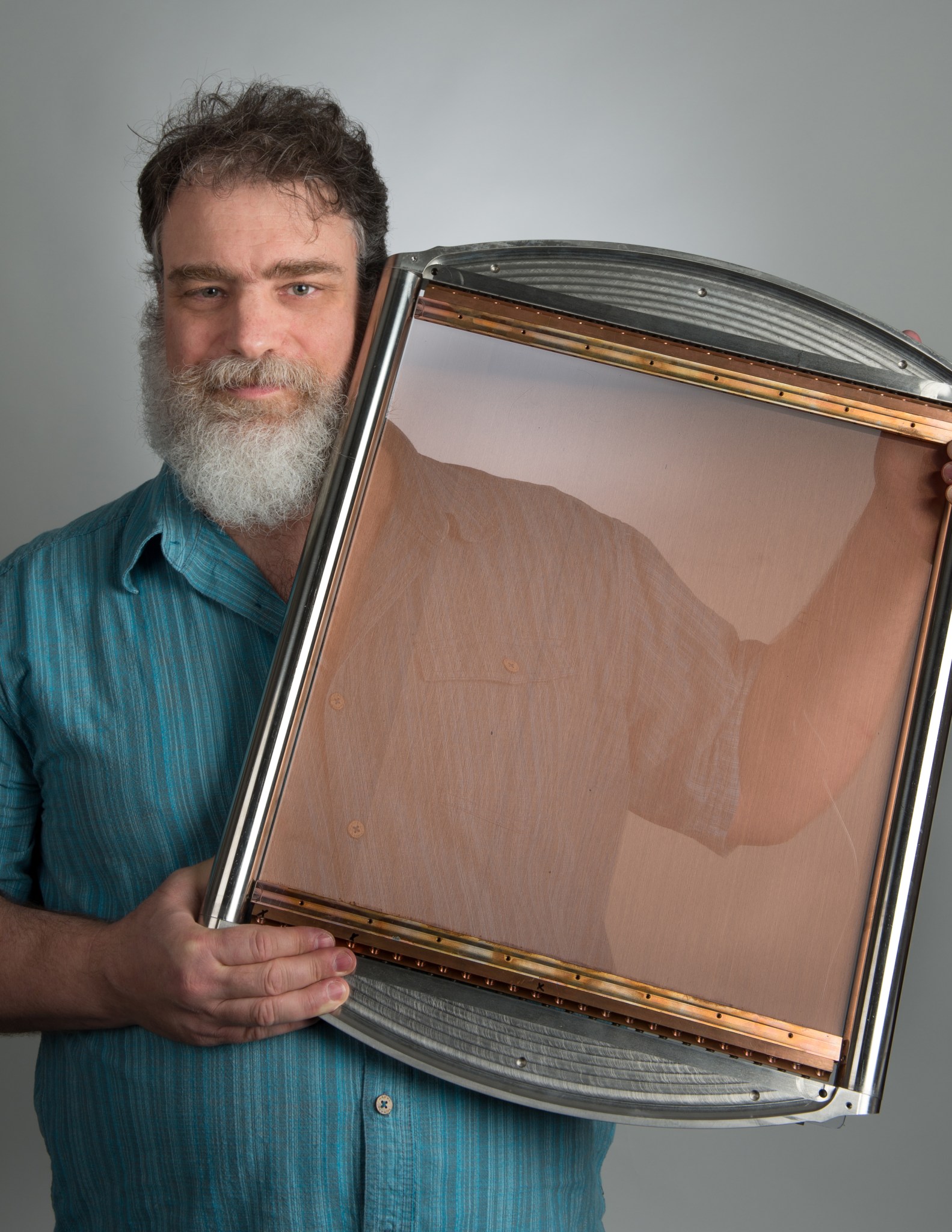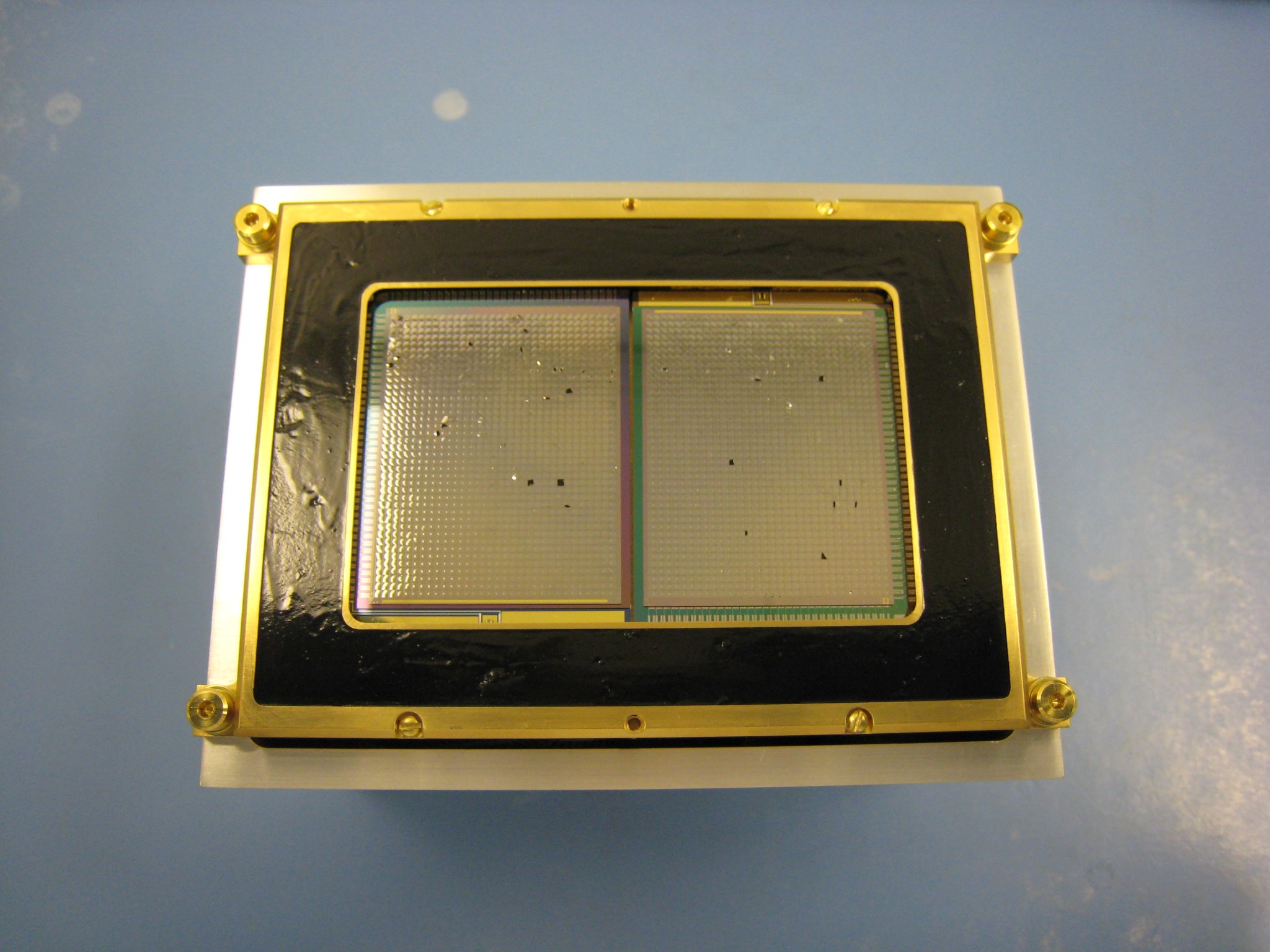If scientists prove or even disprove the theory of cosmological inflation with NASA’s Primordial Inflation Polarization Explorer, or PIPER, it will be a milestone achievement for three pioneering NASA-developed technologies.
Together, they will help the balloon-borne observatory achieve an order-of-magnitude improvement in sensitivity compared with current polarization experiments. The mission’s aim is finding evidence that the universe expanded far faster than the speed of light and grew exponentially almost instantaneously after the Big Bang.
In June, NASA scientist Al Kogut and his team at NASA’s Goddard Space Flight Center in Greenbelt, Maryland, plan to conduct a trial run with a PIPER engineering test unit and then follow up in September with an overnight science flight from Fort Sumner, New Mexico.
Detector Arrays
Chief among PIPER’s technologies are the mission’s advanced bolometer detectors, which Goddard technologist Christine Jhabvala first demonstrated in 2007 on a ground-based, 30-meter observatory in Spain. Since their debut, these instruments have evolved. Their size is larger, providing more pixels with which to measure the faint background radiation, and they are far more sensitive.
Bolometers are commonly used to measure infrared or heat radiation, and are, in essence, very sensitive thermometers. When radiation strikes an absorptive element, typically a material with a resistive coating, the element heats. A superconducting sensor then measures the resulting change in temperature, revealing insights into the physical properties of the distant object being studied.
PIPER will fly four separate 1,280-pixel bolometer arrays based on the so-called backshort under grid (BUG) architecture that Jhabvala and her team pioneered. The technique places reflective optical structures, called backshorts, one-quarter of a wavelength of light behind each pixel in the bolometer plane. The backshort reflects light back into the absorber, thereby increasing the detector’s sensitivity.
“These detectors could sit at Goddard and easily spot a 60-watt light bulb in California,” Jhabvala said.
Modulator and Dewar
Before the detectors receive the light for analysis, the incoming radiation must first enter an open aperture, where it meets the variable polarization modulator made of a grid of closely placed copper-plated tungsten wires and a mirror situated behind the grid. Built by PIPER Chief Engineer Paul Mirel, the modulator ensures that only polarized light reaches PIPER’s optics. From the optics, the modulated light travels to the four identical BUG arrays.
Because instrument-generated heat could easily overwhelm the signal PIPER seeks, the detectors are cooled with a device called an adiabatic demagnetization refrigerator — another Goddard-developed technology — and the entire payload, including the modulator, optics, and BUG detector arrays is inserted inside a large vacuum flask called a bucket dewar, containing superfluid liquid helium.
“By combining proven technologies, I believe we have created an observatory that will give us an unprecedented level of sensitivity at a very low technological risk,” said PIPER Principal Investigator Al Kogut.
Lori Keesey
NASA Goddard Space Flight Center
































